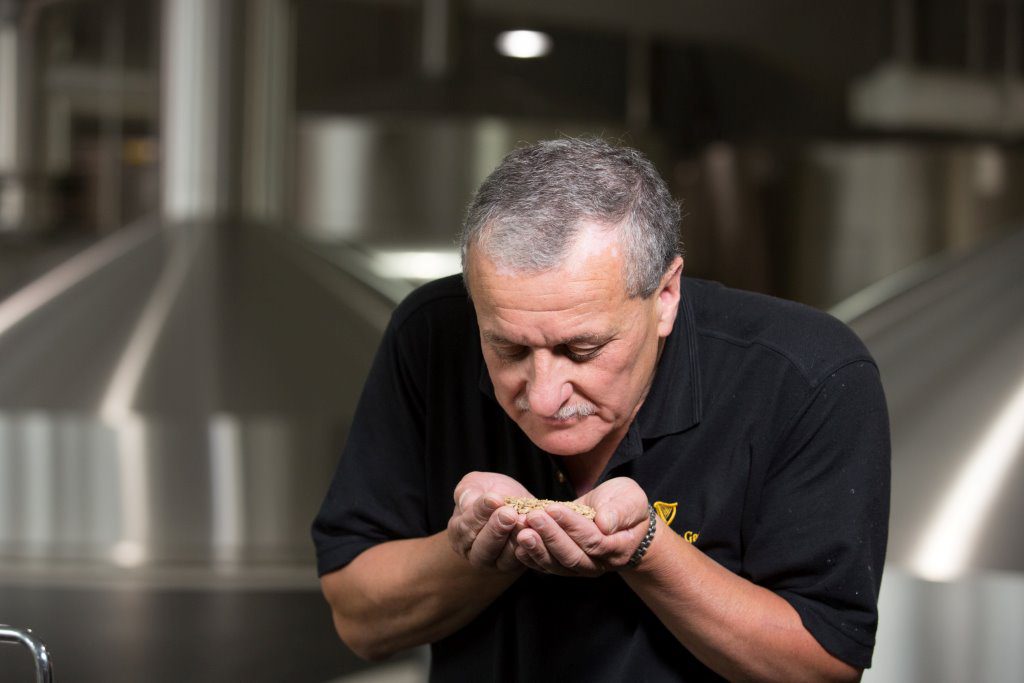If you're looking to enjoy a pint of Guinness for St Patrick's Day or beyond, then here are ten facts about the famous stout that you (probably) didn't know.
Guinness’ yeast is so precious there's a reserve amount kept locked away, just in case anything should happen to the main supply.

The creamy white head found on Guinness is created from the 'initiation' and 'surging' of bubbles of nitrogen and carbon dioxide gas as the beer is poured.
This might be news to those that think Guinness should be served at room temperature.
Surprisingly, it's not Ireland that takes the top spot.
The non alcoholic version of Guinness, Guinness Zero is performing well though, with production almost tripling in response to a growing consumer taste for non-alcoholic drinks.
Today this is called the “Gunness Open Gate Brewery” and located within the building is a taproom bar where people can come and try exciting new craft beers before anyone else.
One of St. James’s Gate’s most experienced brewers, Barry Wylie, said: “I’m lucky enough to be following in the footsteps of generations of brewers who have proudly brewed Guinness at St. James’s Gate since 1759.

"Everybody in the brewery looks forward to St. Patrick’s Day, when millions of people around the world will enjoy the fruits of our labour and raise a toast with a glass of Guinness. We’ll be raising a toast to them too, here in Dublin.”
Charles Ireland, general manager for Diageo GB and Ireland, said: “Guinness has a long and rich heritage yet is constantly innovating to produce fantastic beers to suit a range of tastes and occasions. We are proud to continue to perfect this iconic beer and know it will be raised in toasts at St Patrick’s Day celebrations around the world.”
Available in 120 countries around the world, the connection between Guinness and St Patrick’s Day, stretches back to 1759 when Arthur Guinness took over an abandoned brewery in Dublin, Ireland, named St. James’s Gate.
He signed a 9,000-year lease for the brewery which in calendar 2017 produced 6.8 million hectolitres of beer (equivalent to 1.2 billion pints).
